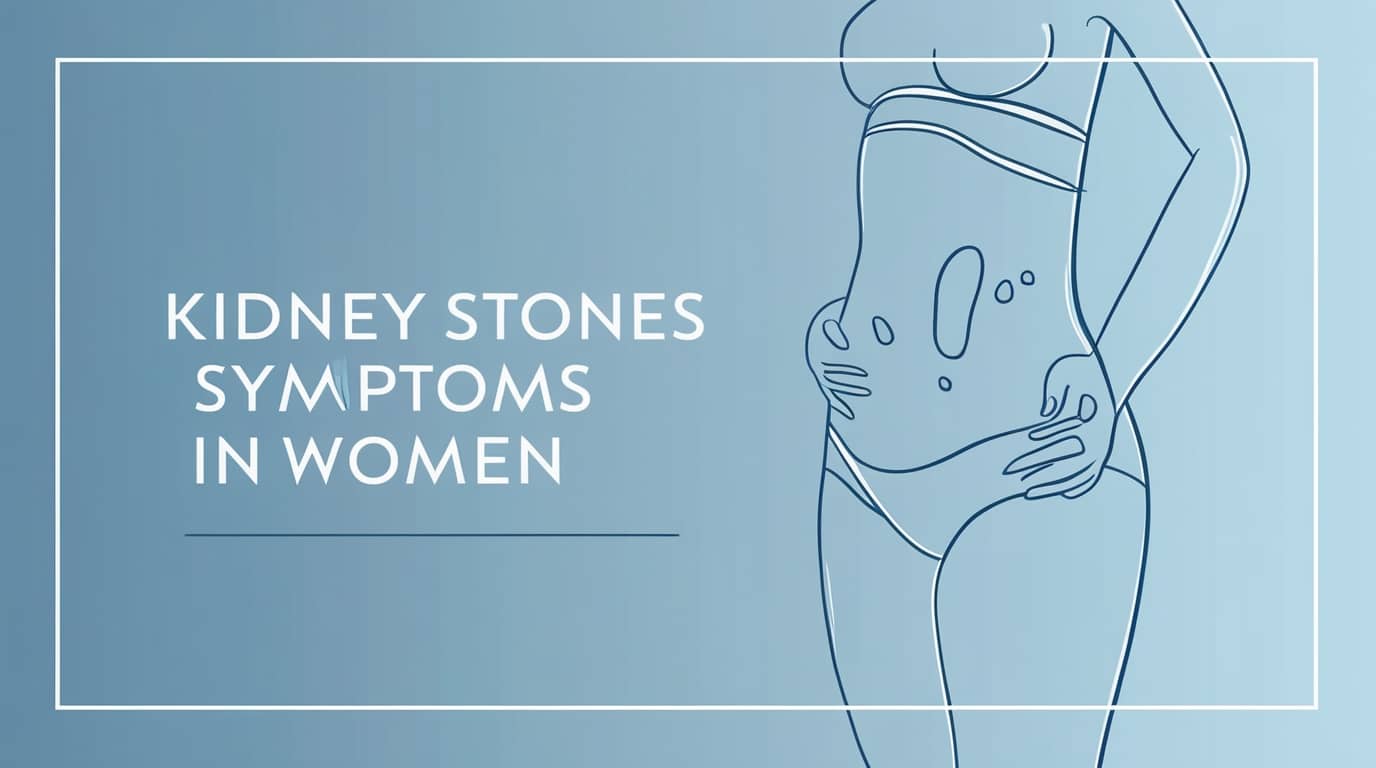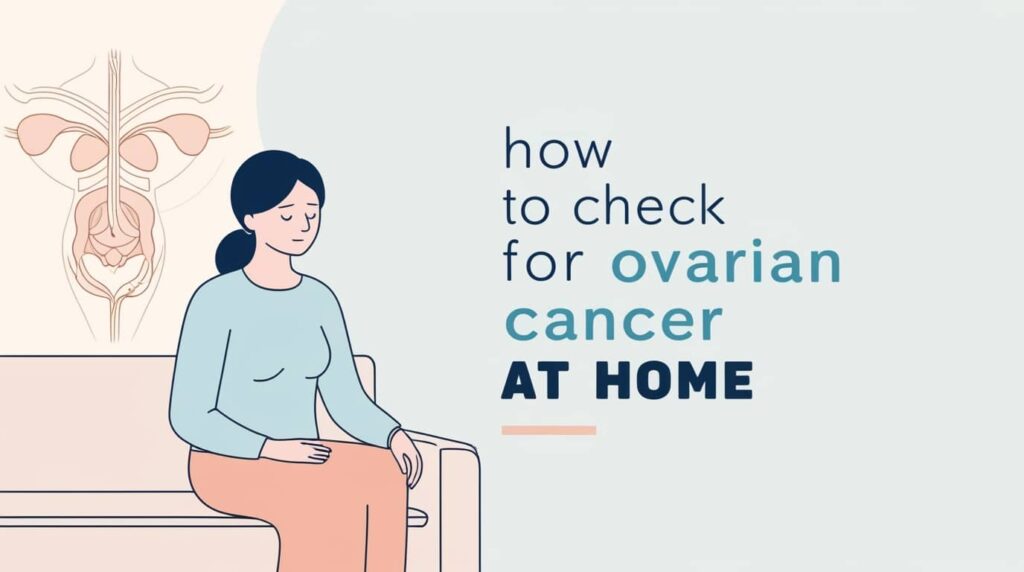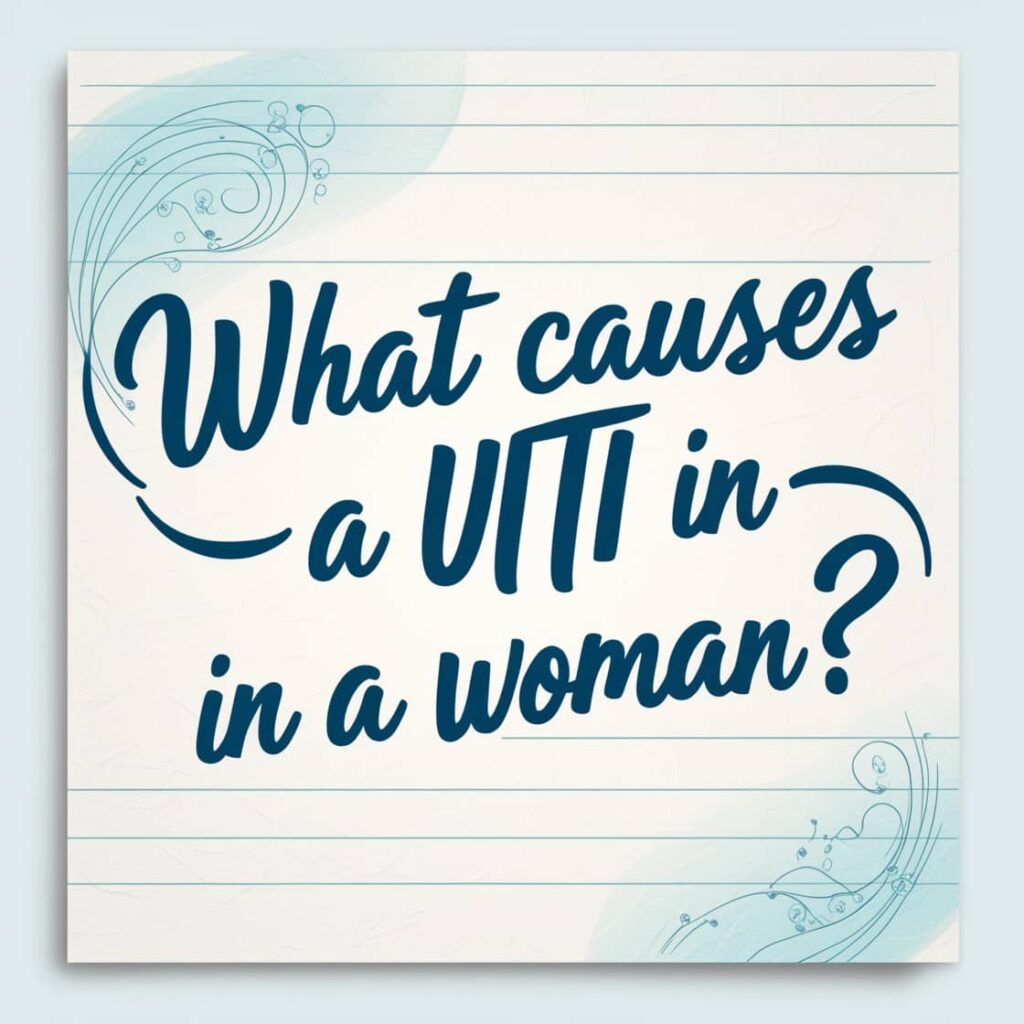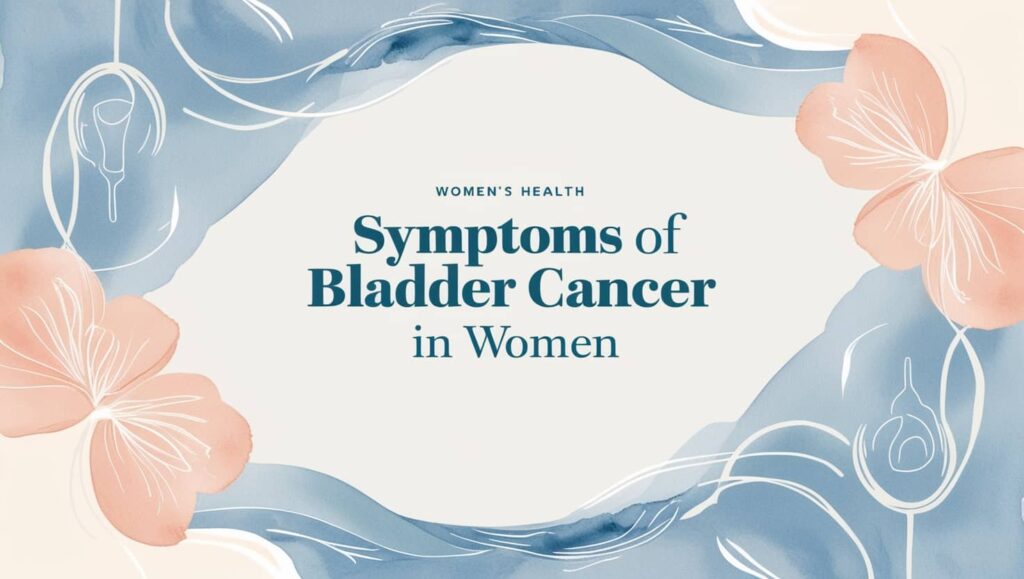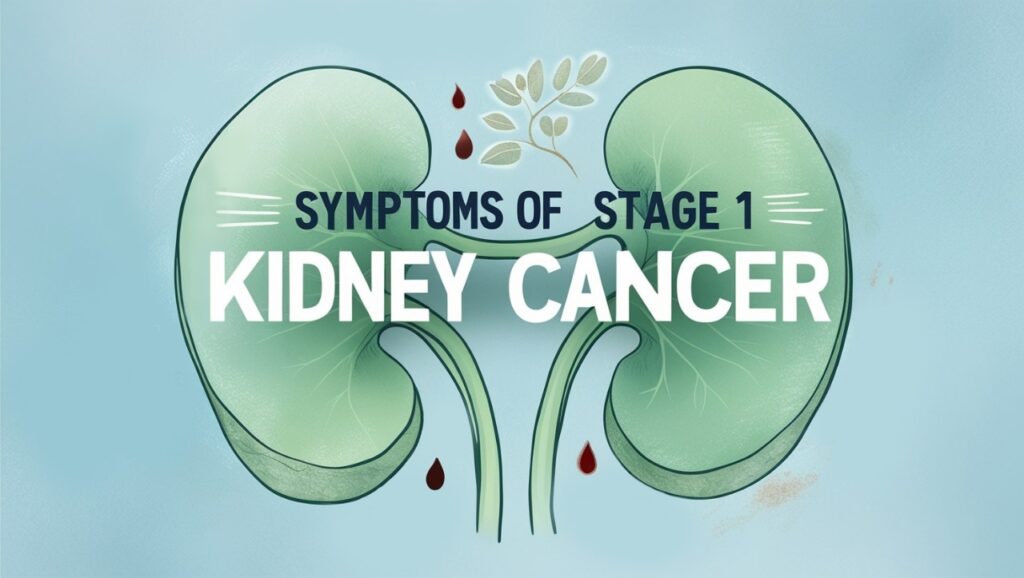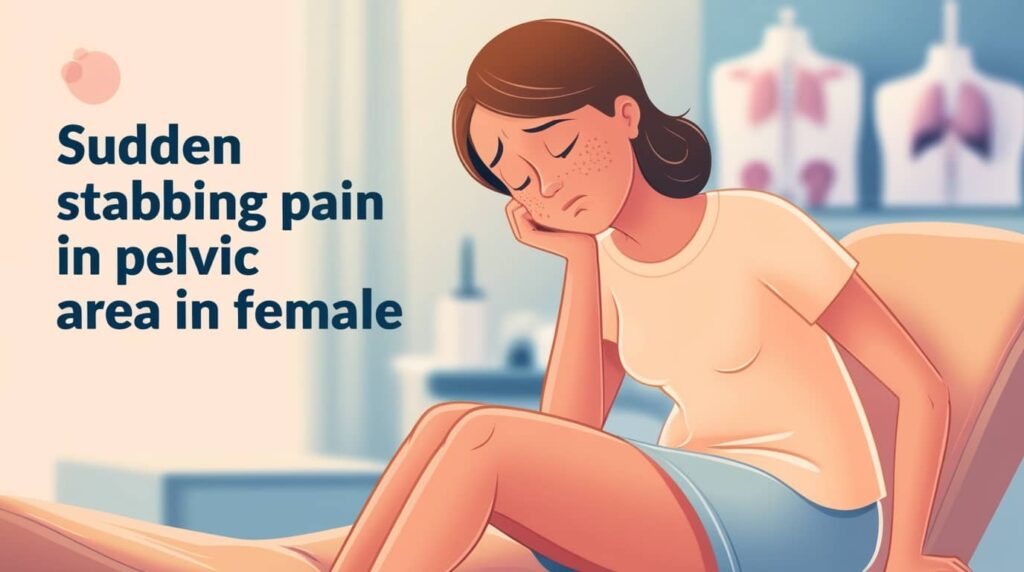Kidney stones are deposits that form on the inner surface of the kidney.
These deposits usually do not cause any symptoms, but when a person begins to feel them, they cause severe pain.
These deposits are the result of high concentrations of some salts, the most important of which are sodium oxalate and uric acid, which also include struvite stones and cystine stones.
All of these types and others occur as a result of some factors that will be presented in detail in the following paragraphs.
Kidney Stones Symptoms in Women
Kidney stones symptoms in women are almost similar to those in men.
But these symptoms are usually ignored or mistakenly attributed to other health problems.
Kidney stones usually form in women as a result of the following factors:
- Dehydration, and living in warm climates
- Some types of diets, especially the one rich in salt, animal protein and fructose.
- Obesity.
- Life style habits.
- Genetic factors.
- Pregnancy and hormonal changes.
- Some medical conditions like chronic diarrhea, gout and hyperparathyroidism.
- Some kinds of medications.
- Gastric Bypass Surgery.(Hoffman, Khayat , & Braun, 2021)
Kidney Stones Symptoms in Women include:
- Feeling pain in the lower abdomen, while in these cases the man feels pain in the back.
- Change in urine color.
- The presence of blood in the urine.
- Nausea.
- Vomiting.
- Fever.
Make notice that:
- The symptoms of kidney stones may coincide with the symptoms of menstruation, causing them to be confused.
- Pregnancy increases the risk of developing kidney stones, and in this case, they have unique symptoms due to the changes that occur to the urinary system as a whole during pregnancy.
Kidney Stones Pain Location
Pain is one of the main symptoms of kidney stones.
It is severe pain that occurs suddenly and stops suddenly.
This pain usually begins in the lower abdomen or on either side of the back.
Then this pain moves to the thigh area, and the patient may feel it in the labia area.
How to Stop Kidney Stone Pain Immediately?
To relieve the feeling of pain at home, you should do the following:
Drink plenty of water: Drinking water reduces existing deposits, reduces inflammation, and cleans the urinary tract.
Take apple cider vinegar: It is citric acid that can help you dissolve stones, prevent their development and reduce the pain resulting from them. You can prepare it by adding one or two teaspoons of it to a cup of water.
Use heating pads: they can improve blood circulation in painful areas and relax the muscles, which quickly reduces the feeling of pain.
Take painkillers: such as paracetamol, ibuprofen, taking care not to exceed safe doses.
Alpha-blockers: They can help the ureter relax, which helps reduce pain and pass the stone.
In the long term, you can also do the following:
Eat citrus fruits: such as lemon and orange juice: they contain citric acid, which prevents the formation of stones and reduces the development of existing ones.
Reduce salt in your diet: An increase in the proportion of sodium salts increases the excretion of calcium in the urine, which increases the risk of developing stones.
Eat plant protein and reduce animal protein: such as beans, lentils, chickpeas, and peas.
Drink juices that help you clean your urinary tract throughout the day: such as watermelon juice, tomato juice, and celery smoothie.
Avoid cold, sweetened drinks: Like soda and sweetened juices, as much as possible.
Call your doctor in these cases:
- If all home remedies do not succeed in relieving you of pain and discomfort.
- If you find blood in the urine.
- If you feel severe pain when urinating.
- If the pain is accompanied by fever, chills and nausea.
Can a 7mm Kidney Stone Dissolve?
A 7mm kidney stone looks like a small pebble.
However, it can cause a lot of pain, especially when trying to pass through the urinary tract.
They are not small enough to get rid of using conventional medications and treatments, and usually require specialized procedures to get rid of them, such as laser fragmentation.
7mm Kidney Stone symptoms
- Pain in the abdomen or on either side of the back.
- Blood in urine.
- Pain when urinating.
- Urinary retention.
- Urinary frequency.
- foul-smelling urine.
- Cloudy urine.
- Vomiting.
- Nausea
Kidney stone components
Oxalate stones: such as calcium oxalate and phosphate, and arise from lack of water intake.
Struvite Stones: They arise from recurrent urinary tract infections and consist of ammonium phosphate and magnesium.
Uric acid stones: They arise from high concentrations of uric acid in the body.
Cystine Stones: They arise from a genetic condition that causes a metabolic disorder.
Diagnosis of kidney stones
If you suffer from symptoms of kidney stones, the doctor will take your medical history and prescribe some tests for you, the most important of which are:
- Determine the size and location of the stone by X-ray, CT scan, ultrasound or MRI.
- Laboratory tests such as kidney function and possible stone components.
Treatment options
There are many options for 7 mm Kidney Stones Removal
The most important of which are:
Extracorporeal Shock Wave Lithotripsy (ESWL): a technique through which the stone is broken up from outside the body and allowed to pass outside the body with urine.
Ureteroscopic Lithotripsy (URSL): This is a technique that involves limited intervention through the urethra where the stone is withdrawn with a probe or fragmented with a laser.
Retrograde Intrarenal Surgery (RIRS): This is a surgery performed inside the kidney, during which the stone is broken up with a laser and allowed to pass out in the urine.
Percutaneous Nephrolithotomy (PCNL): This is a procedure that involves a small surgical incision in the back to access and remove the stone. (Fontenelle & Sarti , 2019)
Kidney Stone Stuck in Urethra Symptoms in Female
Women are rarely diagnosed with Kidney Stone Stuck in Urethra, unlike men.
This is due to anatomical differences between the sexes, as the urethra in women is short and highly flexible.
Symptoms in this case include:
- Pain.
- Painful cramps.
- Difficulty urinating.
- Difficulty emptying the bladder.
- Interruption of urine flow.
- The presence of blood in the urine.
- Cloudy urine.
Tips for Preventing Kidney Stones
Drink sufficient amounts of water, especially when exercising or in hot weather, as sweat reduces the amount of urine, causing the accumulation and concentration of salts that form stones.
Reduce foods rich in table salt, and eat foods rich in calcium with those that contain oxalates, such as vegetables and fruits, so that they combine together in the digestive system before they reach the kidneys.
Drink juices that contain citrate to reduce the chances of stone formation and obtain a high percentage of hydration, and make sure they are free of added sugar.
Bibliography
- Fontenelle , L. F., & Sarti , T. D. (2019). Kidney Stones: Treatment and Prevention . PubMed.
- Hoffman, A., Khayat , M., & Braun, M. (2021). Kidney Disease: Kidney Stones . PubMed.
Read Also: Pancreatitis: When to Worry?
Yusuf Saeed
Pharmacist | Medical Writer & Translator
Yusuf Saeed graduated from the Arab Academy for Science and Technology and Maritime Transport with a B.Sc. in Pharmaceutical Sciences. His passion for research and healthcare communication led him to specialize in medical writing and translation. Yusuf is committed to delivering accurate, well-researched content that empowers readers with reliable medical information and bridges language gaps in healthcare education.
As the founder of Medserene, Yusuf Saeed established the platform with a vision to provide trustworthy medical content and accessible healthcare information. His mission is to create a reliable resource that empowers readers to make informed decisions about their health and well-being. Driven by his passion for clear communication and healthcare education, Yusuf aims to bridge the gap between medical knowledge and everyday understanding.

